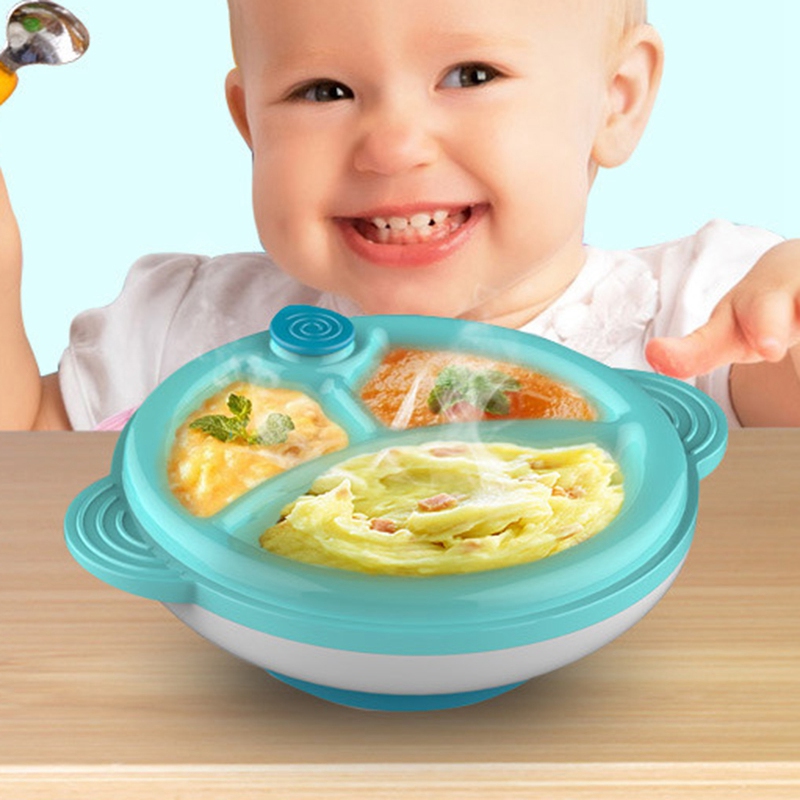Food items for babies
Baby and toddler meal ideas
If you need some inspiration to help you cook healthy and tasty food for your kids, try these meal ideas.
They are not suitable as first foods, but fine once your baby is used to eating a wide range of solid foods. Read more about your baby's first solid foods.
When preparing food for babies, do not add sugar or salt (including stock cubes and gravy) directly to the food or to the cooking water.
You can find more meal ideas and recipes on the Start4Life website.
Breakfast ideas for babies and young children- unsweetened porridge or lower-sugar cereal mixed with whole milk and topped with fruit, such as mashed ripe pear or banana
- wholewheat biscuit cereal (choose lower-sugar options) with whole milk and fruit
- lower-sugar breakfast cereal and unsweetened stewed apple with plain, unsweetened yoghurt
- toast fingers with mashed banana and smooth peanut butter (if possible, choose unsalted and no added sugar varieties)
- toast fingers with a hard-boiled egg and slices of tomato, banana or ripe peach
- toast or muffin fingers with scrambled egg and slices of tomato
- lamb curry with rice
- cauliflower cheese with cooked pasta pieces
- baked beans (reduced salt and sugar) with toast
- scrambled egg with toast, chapatti or pitta bread served with vegetable finger foods
- cottage cheese (full-fat) dip with pitta bread, cucumber and carrot sticks
- mashed sweet potato with chickpeas and cauliflower
- shepherd's pie (made with beef or lamb and/or lentils or vegetarian mince) with green vegetables
- rice and mashed peas with courgette sticks
- minced chicken and vegetable casserole with mashed potato
- mashed canned salmon with couscous and peas
- fish poached in milk with potato, broccoli and carrot
Finger food is food that's cut up into pieces big enough for your child to hold in their fist with a bit sticking out. Pieces about the size of your own finger work well.
Examples of finger foods:
- soft-cooked vegetables such as broccoli, cauliflower, courgette, parsnip and sweet potato
- carrot or cucumber sticks and avocado
- fresh fruits, such as apple (soft-cooked if needed), banana or soft, ripe peeled pear or peach
- toast, pitta or chapatti fingers
- unsalted and unsweetened rice or corn cakes
- strips of meat without bones, such as chicken and lamb
- cheesy (full-fat) toast fingers and cucumber
- hard boiled eggs
- omelette fingers
Babies under 12 months do not need snacks; if you think your baby is hungry in between meals, offer extra milk feeds instead.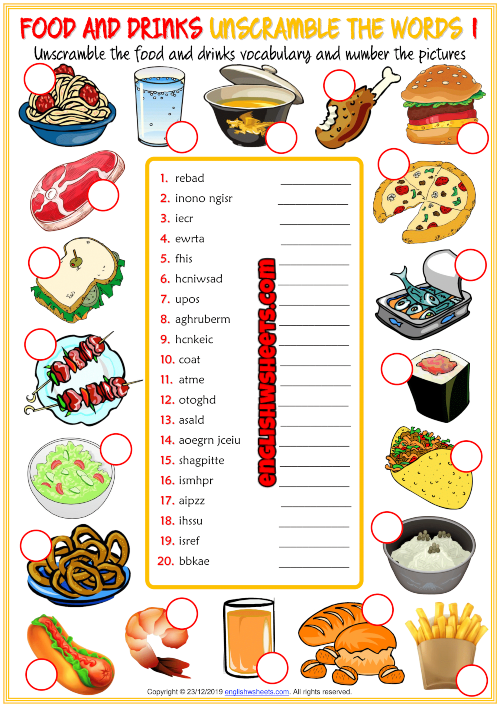
Once your baby is 1 year old, you can introduce 2 healthy snacks in between meals:
- vegetables such as broccoli florets, carrot sticks or cucumber sticks
- slices of fruit, such as apple, banana or soft, ripe peeled pear or peach
- pasteurised, plain, unsweetened full-fat yoghurt
- toast, pitta or chapatti fingers
- unsalted and unsweetened rice or corn cakes
- small strips of cheese
It may take up to 10 tries, or even more, for your child to get used to new foods, flavour and textures.
Be patient and keep offering a variety of fruits and vegetables, including ones with bitter flavours such as broccoli, cauliflower, spinach and cabbage.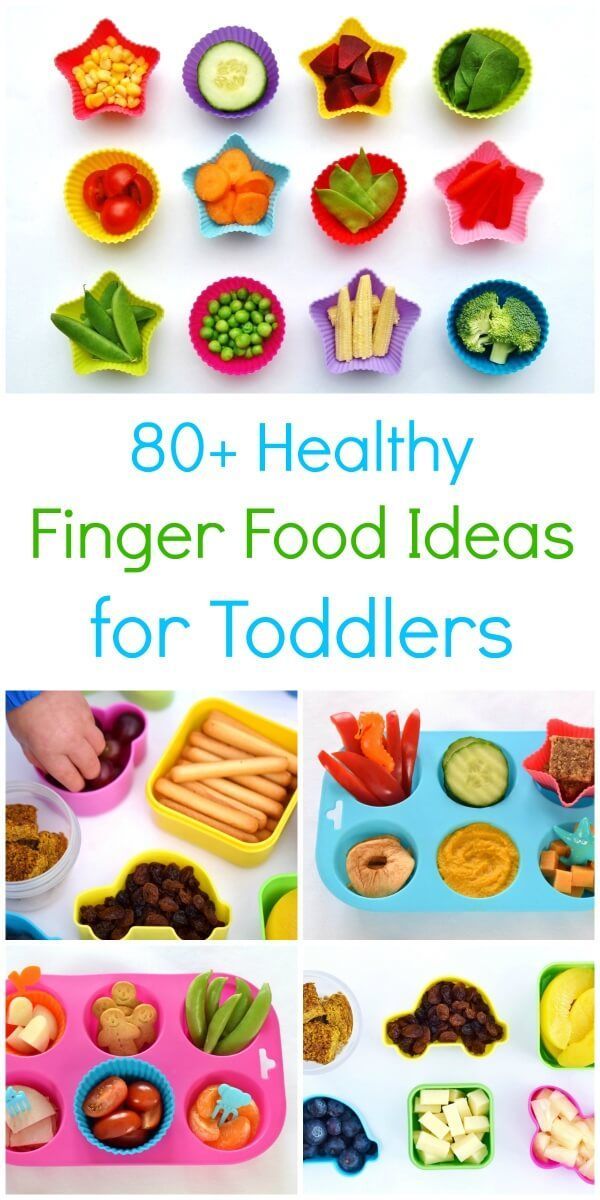
Try to make sure fruits and vegetables are included in every meal.
Try these ways to help your child eat more fruit and vegetables:
- give carrot sticks, cucumber stick or slices of pepper with hummus as a snack
- give apple slices with smooth peanut butter as a snack
- mix chopped or mashed vegetables with rice, mashed potatoes, meat sauces or dhal
- add vegetables to classic savoury dishes such as cottage or shepherd's pie, spaghetti bolognese or casseroles
- chop prunes or dried apricots into cereal or plain, unsweetened yoghurt, or add them to a stew
- for a tasty dessert, try mixing fruit (fresh, canned or stewed) with plain, unsweetened yoghurt.
Read more about how to help your baby enjoy new foods and fussy eaters.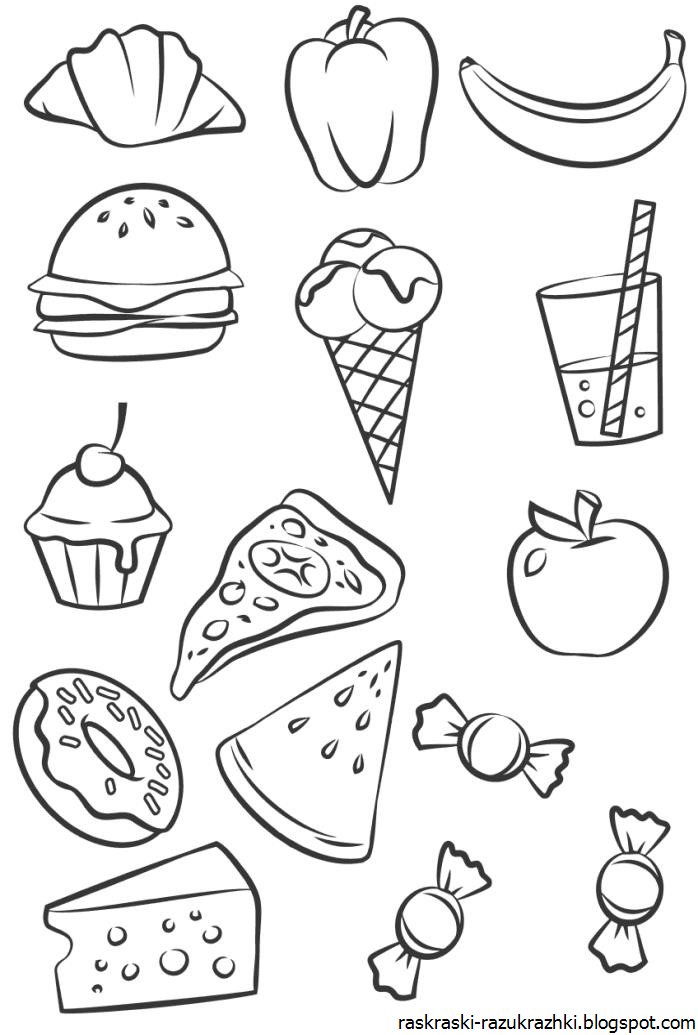
From around 6 months, breast milk and first infant formula should continue to be your baby's main drink.
Whole cows' milk can be used in cooking or mixed with food from around 6 months but shouldn't be given as a drink until they are 12 months old. Whole milk should be given to children until they are 2 years old, as they need the extra energy and vitamins it contains.
Semi-skimmed milk can be introduced once your child is 2 years old, as long as they are a good eater and they have a varied diet.
Skimmed and 1% milk are not suitable for children under 5 years old, as they do not contain enough calories.
Sugary squashes, flavoured milk, "fruit" or "juice" drinks and sugary fizzy drinks can cause tooth decay, even when diluted. These drinks can also fill your child up so they're not hungry for healthier food.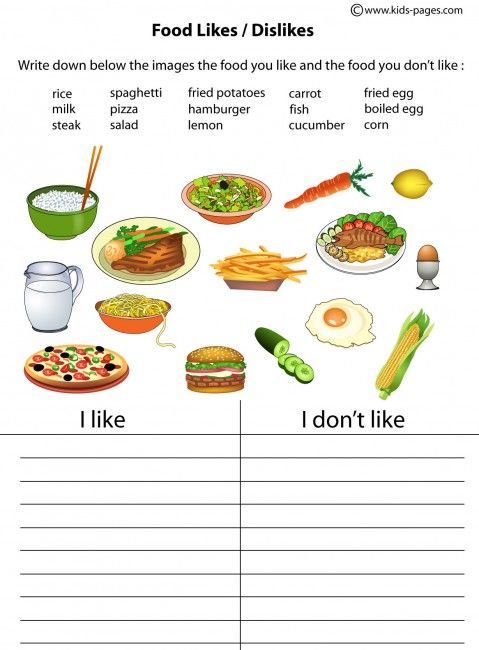 Instead, offer sips of water from a cup with meals.
Instead, offer sips of water from a cup with meals.
Read more about drinks and cups for babies and young children.
Further information- Foods to avoid giving babies and young children
- Food allergies in children
- What to feed young children
- Toodler food: common questions
- Children's food: safety and hygiene
Baby's first foods: The 10 best foods for babies
These 10 first foods are ideal for your baby because they're full of essential nutrients, reasonably priced, easy to prepare, and delicious. Avocados contain healthy fats, while bananas are loaded with potassium. Blueberries are bursting with antioxidants, whereas broccoli offers fiber and folate. Both lentils and meat are packed with protein. Prunes can help with constipation, and yogurt helps form healthy bones and teeth. Sweet potatoes and winter squash are great sources of beta-carotene and vitamin C.
Sweet potatoes and winter squash are great sources of beta-carotene and vitamin C.
According to the American Academy of Pediatrics, it's important to offer your baby a variety of healthy foods. There are lots of healthy, baby-friendly foods out there, but these 10 recommended by doctors and dietitians alike stand out from the pack. From vitamin-rich fruits and veggies to meats and beans loaded with protein, these superfoods are full of essential nutrients, reasonably priced, easy to prepare, and delicious.
Many are also favorite first foods. Before introducing solids, talk to the doctor about your baby's readiness for solids, and which foods to introduce and when. Then introduce foods one at a time, waiting at least three days after each new food to watch for any allergic reaction.
Avocados
BabyCenter parents are all about avocado as a first food. This buttery fruit-vegetable is rich in healthy unsaturated fats that help boost brain development. In fact, the fat composition of avocados is somewhat similar to that of breast milk.
Serving ideas: Mash avocado with a fork, or make baby guacamole.
Bananas
Known as a good source of potassium, this grab-and-go fruit also contains vitamins B6 and C, fiber, and magnesium.
Serving ideas: Make banana and mango puree. Or, for your little one's first smoothie, puree banana and peach chunks with whole-milk yogurt.
Blueberries
Blueberries are bursting with antioxidants. The deep, brilliant blue of these berries comes from flavonoids that benefit your baby's eyes, brain, and even urinary tract.
Serving ideas: Blend or mash blueberries well and swirl a spoonful of the juicy purple puree into yogurt, or top silky coconut milk rice pudding with blueberry compote.
Broccoli
This cruciferous vegetable is a rich source of essential nutrients, including fiber, folate, and calcium. Introduce your baby to broccoli's bold flavor early, and you'll be expanding their tastes and encouraging a lifelong love of green vegetables.
Advertisement | page continues below
Serving idea: Steam until soft, cut into pieces small enough for your child to eat safely, and then chill. Steaming takes the bite out of broccoli, and some babies prefer the texture and taste when it's cold.
Lentils
Beans and other legumes pack lots of lean protein and fiber. But unlike larger beans, little lentils simmer into a pleasing mush just right for baby bites. They're also one of the cheapest healthy foods you can buy.
Serving ideas: Cook finely diced carrots along with the lentils. As your baby gets older, double up on nutrient-rich foods by making lentil and spinach stew.
Meat
Lack of iron can cause anemia. The American Academy of Pediatrics recommends meat as a first food because it's such a great source of protein, zinc, and iron, especially red meat and dark poultry meat. Plus, babies absorb iron more easily from meat than from iron-fortified cereals, another common first food.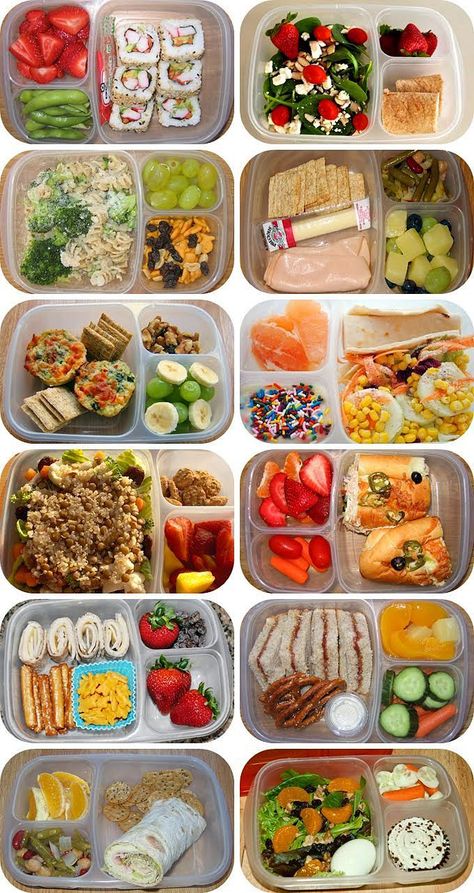
Serving ideas: If your baby is new to solids, try our easy turkey or chicken puree recipe. As they get older, introduce new flavors with chicken curry with green beans and zucchini or shepherd's pie.
Prunes
Whether you call them "prunes" or "dried plums," these humble fruits don't sound glamorous – but they're soft, sweet, and full of fiber. Your baby may suffer from constipation when switching to solids, as it's a big change for their system. Add pureed prunes to your baby's diet to aid digestion and keep things moving.
Serving ideas: Serve pureed prunes alone or mixed with other foods, such as oatmeal, cereal, or applesauce, for a naturally sweet treat.
Sweet potatoes
Sweet potatoes are one of the more popular first foods for babies, who tend to like both their sweetness and texture. These colorful root vegetables are packed with beta-carotene, vitamin C, and minerals, including iron and copper.
Serving ideas: Serve sweet potato puree alone or swirled into pureed chicken or turkey.
Winter squash
Orange- or yellow-fleshed hard winter squashes such as butternut, acorn, and pumpkin boast many benefits, one of which is they're exceptionally rich in beta-carotene, recognized for being great for eyes. Squash is also an excellent source of vitamin C. Natural sweetness and a creamy texture add to the appeal of winter varieties.
Serving ideas: Roast a winter squash like butternut, scoop out the flesh, and puree it for an easy first food. As your baby gets older, introduce new flavors and textures with dishes like smashed chickpea and butternut chili.
Yogurt
Creamy yogurt is rich in calcium and vitamin D, necessary for healthy bones and teeth. Your baby can have it at 4 to 6 months, long before they'll be ready for cow's milk.
Opt for plain yogurt with no added sugar. Also look for a brand with the most live cultures, which help regulate the good bacteria in your baby's digestive tract. Make sure you pick up whole-milk yogurt – babies need the calories from fat.
Serving ideas: Yogurt is fine on its own, or swirl in pureed berries or other fresh fruit, applesauce, or mashed avocado.
Nutrition for children up to a year - Healthy Russia
By the age of six months, the child gets acquainted with the first "adult" food. What and how to feed the baby at this age?
By six months, the baby is ready to start eating more than just breast milk or formula. At this age, the child gets acquainted with the first "adult" food. Tatyana Borovik, Head of the Department of Healthy and Sick Child Nutrition at the Scientific Center for Children's Health of the Russian Academy of Medical Sciences, tells about what products are used to feed children under one year old.
Is it possible "out of the jar"?
Despite the fact that baby receives his first complementary food with a spoonful of in the truest sense of the word, even such a volume of cooking can be difficult for parents. After all, it is necessary to buy high-quality and absolutely fresh products, cook them in compliance with all hygiene standards, grind them to the desired consistency, and even so that all important vitamins remain in the food.
After all, it is necessary to buy high-quality and absolutely fresh products, cook them in compliance with all hygiene standards, grind them to the desired consistency, and even so that all important vitamins remain in the food.
Infant nutrition
Find out when your baby should start eating complementary foods, how to introduce them correctly and where to start.
In most cases, Prepackaged Weaning Products make life easier for parents and provide the baby with all the nutrients.
Cereals
Grain complementary foods - porridge is one of the main sources of carbohydrates, vegetable proteins and fats, dietary fiber, iron, selenium, vitamins B1, B2 and PP. Grain-based complementary foods should start at gluten-free (gluten-free) cereals: rice, buckwheat, later corn. Porridges can be dairy or dairy-free, depending on what suits your baby.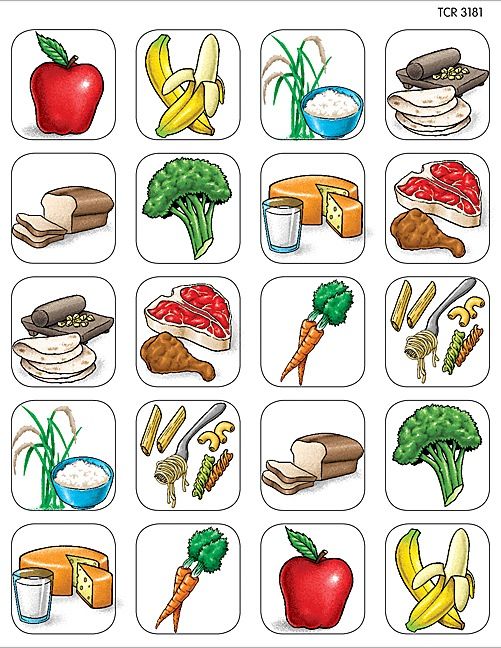 Dairy-free cereals are diluted with breast milk or infant formula received by the child. In the future, if the baby has no problems with digestion, you can start using gluten-containing porridges : oatmeal, barley, wheat, semolina and cereals from a mixture of cereals.
Dairy-free cereals are diluted with breast milk or infant formula received by the child. In the future, if the baby has no problems with digestion, you can start using gluten-containing porridges : oatmeal, barley, wheat, semolina and cereals from a mixture of cereals.
Vegetables
Vegetable puree is a source of potassium, iron, dietary fiber, including pectins, and other useful substances. Certain types of vegetables - carrots, pumpkin, spinach - are rich in carotene , which in the body turns into vitamin A, which is necessary for the normal growth and development of the child. At the beginning of the introduction of complementary foods , vegetable puree should consist of one type of vegetable with delicate fiber, such as zucchini. Further, it is advisable to use a combination of 3-4 vegetables.
Protein products
Children up to one year of age should be fed gradually cottage cheese and egg yolk — valuable sources of animal protein and fat, calcium, and vitamin B2. Meat contains complete animal protein, which in beef, lean pork, rabbit meat, chicken, chicken, turkey, horse meat contains up to 20-21 percent. The meat contains well-digestible so-called heme iron, magnesium, zinc, as well as vitamins B1, B2, B6 and B12. Puree from dietary meat in the diet is recommended to be introduced to children older than 6 months. Fish is a complete source of protein and fat, it contains omega-3 fatty acids, as well as vitamins B2, B12 and minerals. Fish is introduced into the diet of children from 8–9 months with caution, carefully observing whether the child has signs of intolerance. It is used once or twice a week instead of a meat dish.
Meat contains complete animal protein, which in beef, lean pork, rabbit meat, chicken, chicken, turkey, horse meat contains up to 20-21 percent. The meat contains well-digestible so-called heme iron, magnesium, zinc, as well as vitamins B1, B2, B6 and B12. Puree from dietary meat in the diet is recommended to be introduced to children older than 6 months. Fish is a complete source of protein and fat, it contains omega-3 fatty acids, as well as vitamins B2, B12 and minerals. Fish is introduced into the diet of children from 8–9 months with caution, carefully observing whether the child has signs of intolerance. It is used once or twice a week instead of a meat dish.
Juices and fruit purees
Juices contain natural sugars - glucose, fructose, sucrose and organic acids - malic, citric, which have a positive effect on digestion. In addition, they are rich in potassium, which in most juices is up to 150 mg per 100 ml, and contains up to 2 mg of iron per 100 ml.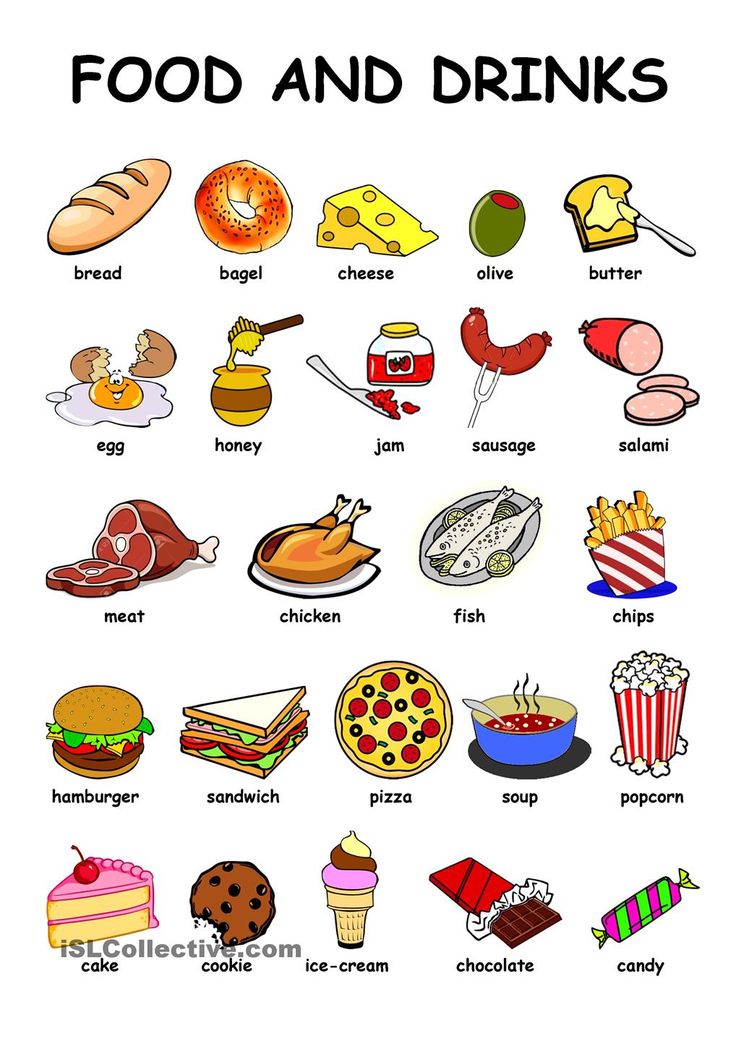 Vitamin C, citric acid, individual minerals, and natural fruit flavors can be additionally added to industrial juices. The first baby should be given apple or pear juice , which are traditional for Russia and rarely cause allergic reactions.
Vitamin C, citric acid, individual minerals, and natural fruit flavors can be additionally added to industrial juices. The first baby should be given apple or pear juice , which are traditional for Russia and rarely cause allergic reactions.
Breastfeeding
Breastfeeding? We tell you how to prepare for feeding, how to avoid possible difficulties, and how a nursing mother should eat.
Fruit purees are similar in composition and nutritional value to fruit juices, especially those containing pulp. At the same time, they contain sugars, organic acids and dietary fiber in greater quantities than juices.
Dairy products
Despite the fact that cow's milk is an excellent product for adult nutrition, rich in valuable protein and calcium, it is not suitable for feeding children under one year old . After all, human and cow's milk are two completely different products.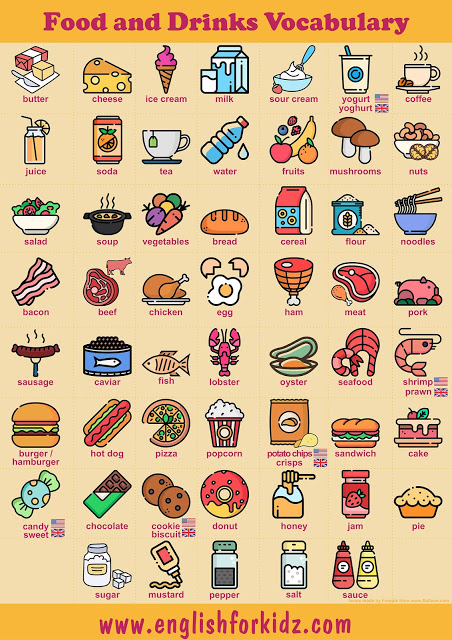 For example, cow's milk has 2.5 times more protein than women's milk, and a baby does not need such a large amount of protein yet. For the same reason, fermented milk products for baby food (baby kefir, yoghurts) can be introduced into the child's diet no earlier than 8 months of age. And in an amount of not more than 200 ml per day.
For example, cow's milk has 2.5 times more protein than women's milk, and a baby does not need such a large amount of protein yet. For the same reason, fermented milk products for baby food (baby kefir, yoghurts) can be introduced into the child's diet no earlier than 8 months of age. And in an amount of not more than 200 ml per day.
About water
The largest amount of water - about 85 percent - is found in breast milk and infant formula. The composition of "solid" food - bread, cereal, mashed potatoes - includes 30 percent of water. So the liquid for the baby at the stage of introducing complementary foods is quite enough. For drinking and preparing formulas and complementary foods, it is best to use the special bottled water for baby food . It is bacteriologically safe, does not contain harmful chemical and radioactive substances, does not require boiling.
Rules for the introduction of each new product
The introduction of each new product starts with a small amount, gradually increasing it. It makes sense to give a new product in the morning - in order to note a possible reaction to it. It is better to start introducing cereals, fruit and vegetable juices and purees into the baby’s menu from single-component dishes in order to know exactly how and what the body reacts to. Complementary foods are given from a spoon before breastfeeding or formula. New products are not introduced if the child does not feel well.
It makes sense to give a new product in the morning - in order to note a possible reaction to it. It is better to start introducing cereals, fruit and vegetable juices and purees into the baby’s menu from single-component dishes in order to know exactly how and what the body reacts to. Complementary foods are given from a spoon before breastfeeding or formula. New products are not introduced if the child does not feel well.
Memo to parents
You can start your baby's complementary foods with commercially produced special foods. All types of products are introduced gradually and at the appropriate age. You should not give your baby whole cow's milk up to a year, and fermented milk products - up to 8 months.
To leave a comment - you must be an authorized user
how to choose and what kind of baby food is better?
The ideal "baby food" for an infant is breast milk.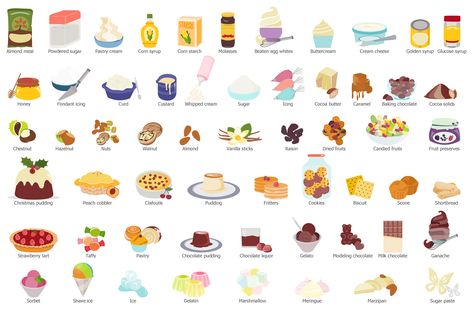 However, not all mothers can breastfeed their baby, usually this is due to the health of the mother or child. It happens that the woman herself has a serious condition after childbirth and in the early postoperative period, reduced lactation or diseases in which breastfeeding is contraindicated. In such cases, the baby is given formula milk - this is the only alternative to mother's milk. Subsequently, at four to seven months, complementary foods should be introduced into the child's diet, regardless of whether he is breastfed or artificial. The mother is faced with the task of choosing the right baby food for complementary foods.
However, not all mothers can breastfeed their baby, usually this is due to the health of the mother or child. It happens that the woman herself has a serious condition after childbirth and in the early postoperative period, reduced lactation or diseases in which breastfeeding is contraindicated. In such cases, the baby is given formula milk - this is the only alternative to mother's milk. Subsequently, at four to seven months, complementary foods should be introduced into the child's diet, regardless of whether he is breastfed or artificial. The mother is faced with the task of choosing the right baby food for complementary foods.
In this article, we'll talk about what foods for babies are and how to choose the best baby food.
Legislation defines "baby food" as food products that meet the physiological needs of a child under 14 years of age. And nutrition for young children is food intended for children from birth to three years[1]. It is necessary to make a diet taking into account the age of the baby and the characteristics of his physical condition.
The Union of Pediatricians of Russia created the National Program for feeding children in the first year of life and the National Program for optimizing the nutrition of children from one to three years old [2]. They describe recommendations regarding what formula to feed the baby from birth, how to introduce complementary foods and expand the baby's diet. These programs provide detailed information on what nutrients and nutrients should be included in the diet of children of different ages.
First you need to figure out what kind of baby food is [3]. Products for toddlers can be divided into two categories:
Infant formula. There are for children from birth to six months (formula 1 mixtures, or initial), from six months to a year (formula 2) and from a year (formula 3). The composition of such baby food is adapted, that is, as close as possible to the composition of breast milk.
- In the initial mixtures, the amount of protein is reduced to 1.
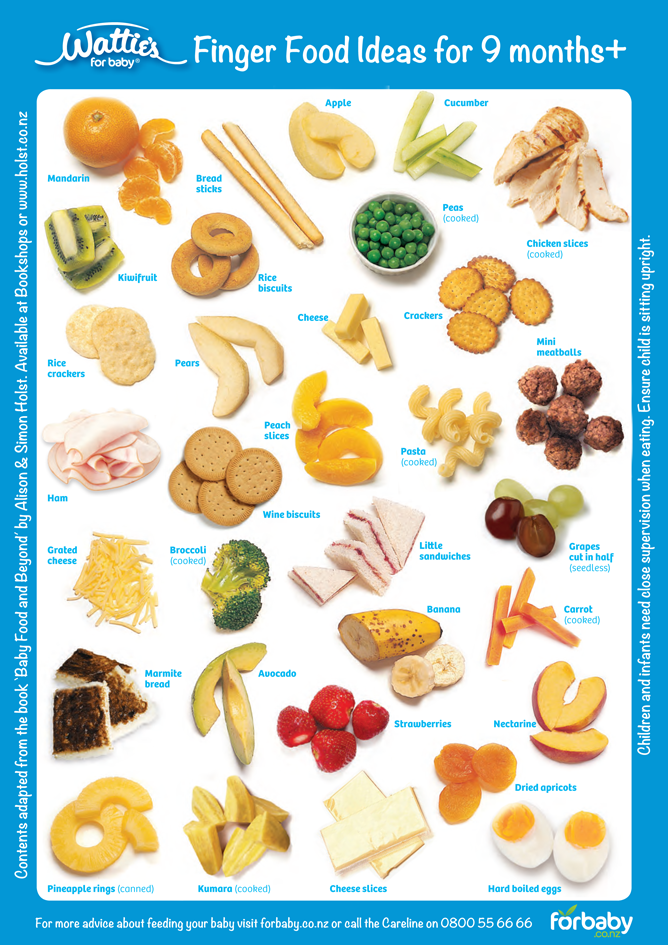 2-1.5 g / 100 ml - in accordance with the composition of breast milk. They also changed the fat and mineral profile. The initial mixtures are enriched with such an essential amino acid as taurine, and micronutrients, probiotics, vitamins.
2-1.5 g / 100 ml - in accordance with the composition of breast milk. They also changed the fat and mineral profile. The initial mixtures are enriched with such an essential amino acid as taurine, and micronutrients, probiotics, vitamins. - After six months, the baby's body's need for protein increases, mother's milk changes its composition. And babies on artificial feeding begin to be fed with a more nutritious mixture of formula 2. Taurine is no longer always needed: the body of a baby aged from six months to a year is able to synthesize this amino acid itself. Meanwhile, the content of iron, calcium, zinc increases compared to the initial mixtures, because by this age the child's reserves of minerals received from the mother during pregnancy are depleted, and they need to be replenished.
- A child's nutrition changes after a year - he is already able to eat a variety of solid foods. However, it is advisable to continue to feed him with a mixture, though already formula 3.
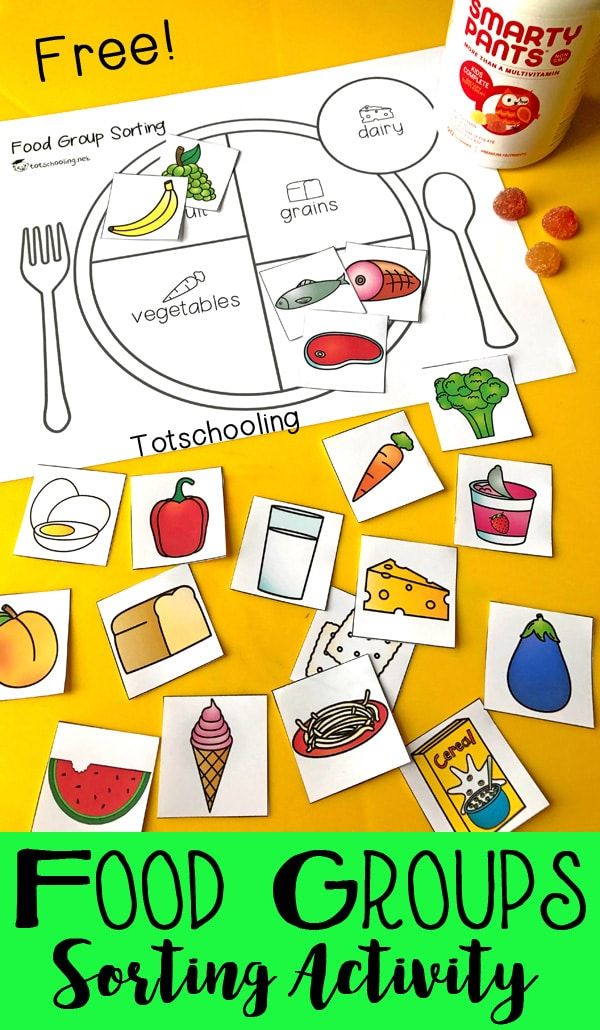 Pediatricians recommend it as a source of vitamins and minerals that the baby can easily absorb.
Pediatricians recommend it as a source of vitamins and minerals that the baby can easily absorb.
Complementary foods As we have already noted, it is introduced when the baby is four to seven months old. This interval is called the "critical window" and is considered optimal for the initiation of complementary foods for several reasons:
- The baby needs a wider range of minerals, vitamins and other nutrients. In addition, his baby's digestive system is already ready to accept more solid and complex foods than mother's milk or infant formula.
- At this age, the child develops an interest in food, and it is necessary to offer him the right foods to develop his taste.
- During this period, the risk of developing a food allergy to a new product is lower.
- Timely introduction of complementary foods prevents the risk of micronutrient deficiencies and iron deficiency anemia.
Usually the first food is vegetable puree or monocomponent gluten-free cereals, dairy or dairy-free.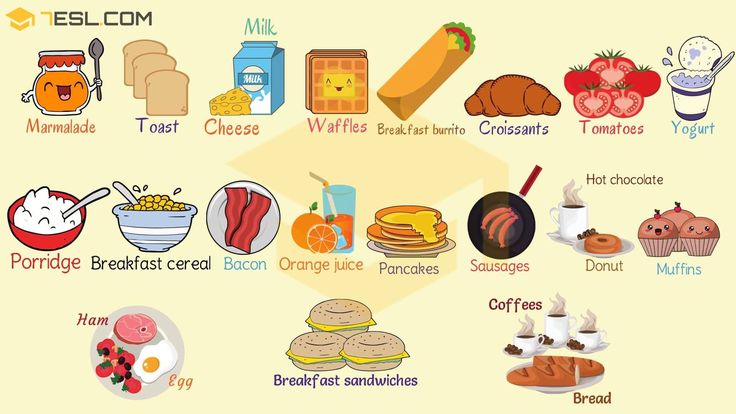 Over time, cereals containing gluten, supplements from fruits and berries, and also consisting of several cereals are added. A six-month-old child can already be given several types of vegetables and cereals. Also, at about six months, they begin to give meat puree, then fruit, and from eight months - fish. A child from seven months is allowed the yolk.
Over time, cereals containing gluten, supplements from fruits and berries, and also consisting of several cereals are added. A six-month-old child can already be given several types of vegetables and cereals. Also, at about six months, they begin to give meat puree, then fruit, and from eight months - fish. A child from seven months is allowed the yolk.
From the age of 12 months, complementary foods already make up the majority of your baby's diet. At this age, it is especially important to diversify the child's diet: he can be given soups with small pieces of vegetables, meat, fish and cereals.
For information
During the first feeding, the child's eating habits are laid, and it depends on the parents how correct they will be. Often, mothers introduce fruit juices into complementary foods too early. And because babies have an innate preference for sweet tastes, they can become naughty and stop eating the unsweetened foods they need, especially vegetables.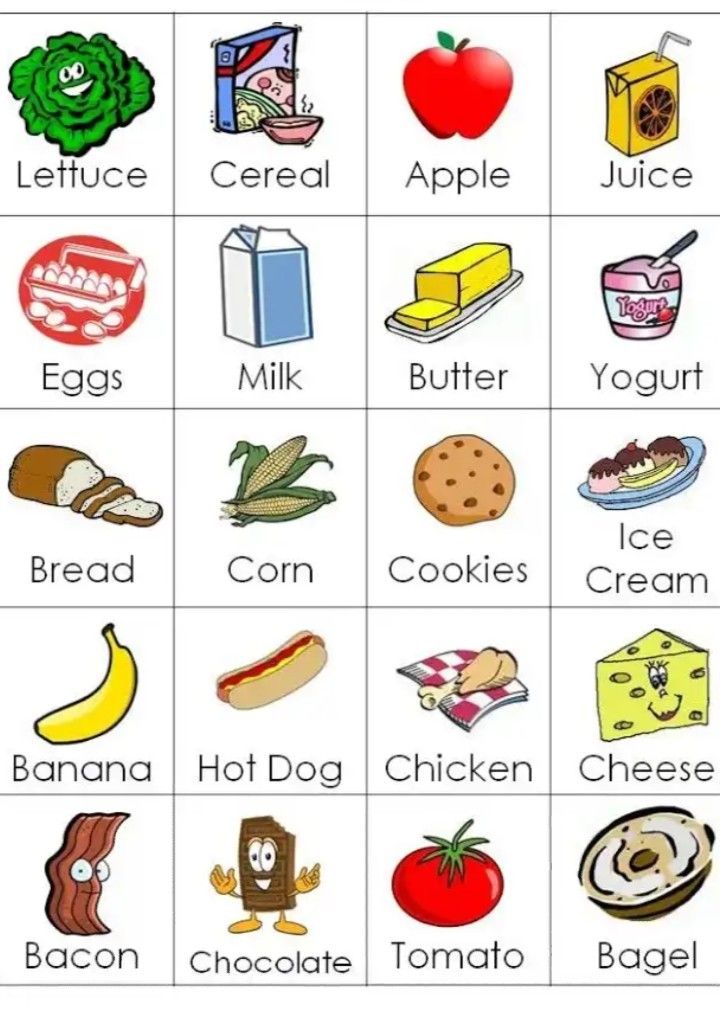 Unhealthy taste habits are formed, which can later provoke obesity.
Unhealthy taste habits are formed, which can later provoke obesity.
Domestic doctors are concerned about such irrational nutrition of young children - due to the wrong approach to nutrition, many babies experience a deficiency of vitamins and an excess of fast carbohydrates.
How to choose baby foods
Finding the right foods for your baby is not an easy task. Store shelves are bursting with boxes, jars and bottles, and manufacturers write on every second package that the baby will be healthy, strong and cheerful after feeding. Of course, the baby will receive the necessary substances, no matter what product his parents choose, because all the production of baby food is strictly controlled by the state. By the way, Russia has some of the most stringent requirements for the quality of baby food in the world.
However, products for children differ in their properties. It is necessary to select food so that by the end of the first year of life the baby has actively developed chewing skills and an interest in independence, and the diet of complementary foods is reasonably varied.
For children from one to three years of age, the diet should be even more varied. It is important that the child receives daily something new from the main food groups: dairy, vegetables and fruits, meat and fish, cereals, butter and vegetable oil. Of course, the baby's diet should be expanded taking into account his state of health.
When organizing the nutrition of a child from the moment of introduction of complementary foods and up to three years, a mother needs not only to know what can be fed, but also to consider what foods should not be included in the diet. Among the prohibited products for children under three years of age:
- any mushrooms, vegetables and fruits in a marinade;
- pickles, preserves in tomato sauce;
- commercial juice concentrates, carbonated drinks, coffee and strong tea;
- various seasonings - mustard, ketchup, hot sauces, horseradish, pepper, vinegar, mayonnaise;
- products containing flavors, industrial colors, including chewing gum;
- margarine and refractory fats - lamb, pork;
- chocolates, sweets and other sweets.

To choose the right baby food, you need to know exactly what to look for and what not to worry about.
When choosing blends, it is important to check:
- Absence of palm oil. Formula manufacturers may use palm oil (more specifically palm extract) because, like breast milk, it is rich in palmitic acid. However, in human milk, palmitic acid is in the beta position, while in palm oil it is in the alpha position. Such alpha-palmitic acid can interfere with the absorption of calcium and fats and is generally less well absorbed by the child's body. This can negatively affect the work of the intestines, lead to constipation, regurgitation. Milk fat is better suited for baby food as a source of palmitic acid[4][5].
- Protein ratio. Breast milk protein is primarily whey proteins and casein. A child needs both types of protein, while proteins are easily digested, which cannot be said about casein. If baby food contains a lot of casein, it stays longer in the digestive tract, which can cause problems with the baby's stool.
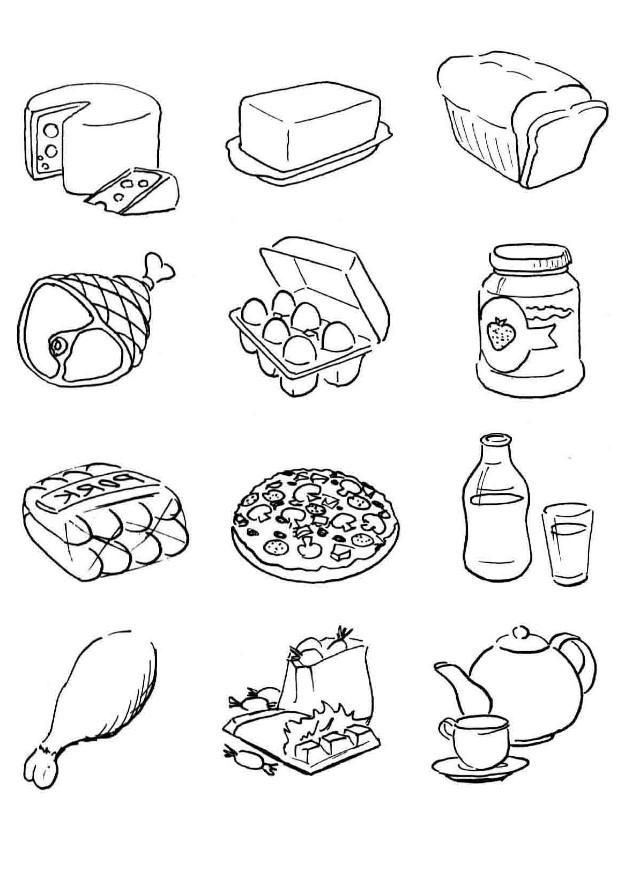
- The presence of additional functional elements in the composition - lutein, nucleotides, pre- and probiotics. The task of lutein is to protect vision from ultraviolet rays. Nucleotides are low molecular weight compounds that promote the growth of beneficial bifidobacteria in the intestines. And pre- and probiotics in the composition of infant formulas help to establish comfortable digestion.
When choosing complementary foods, pay attention to:
- Age appropriate. It is important that in the diet of a child under three years of age who receives complementary foods, special children's products predominate - in their composition the components are selected taking into account the age-related needs of the baby's body. It is impossible at an early age to transfer children to "adult" foods like pickles, smoked foods, fast food, and so on.
- Fortified foods. It is important that the composition contains vitamins and minerals.
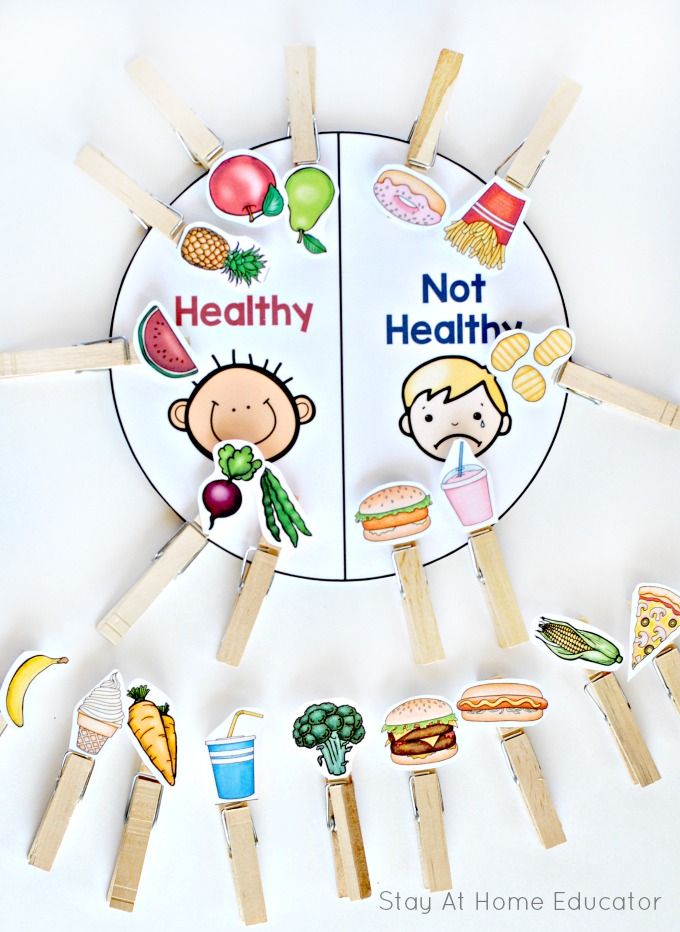 The National Child Nutrition Optimization Program recommends choosing complementary foods that contain elements designed to prevent anemia, rickets, and vitamin deficiencies.
The National Child Nutrition Optimization Program recommends choosing complementary foods that contain elements designed to prevent anemia, rickets, and vitamin deficiencies. - Diet diversity. The menu for a baby up to six months is quite monotonous. But as they grow older, the baby needs more various nutrients - proteins, carbohydrates, fats, vitamins, minerals.
- To the individual reaction of the baby. If the child is already receiving complementary foods, then it is worth introducing a new product only after the previous one has been fully introduced. If the baby is allergic to the product, then it should be administered carefully, carefully checking the reaction of the body.
Ingredient safety testing is optional. Of course, the content of any "chemistry" in the product for feeding a child, whether it be a mixture or complementary foods, is unacceptable. There is no need to worry about this: baby food is carefully checked. If it is registered on the territory of the Customs Union and hit the shelves, then it complies with SanPiN 2.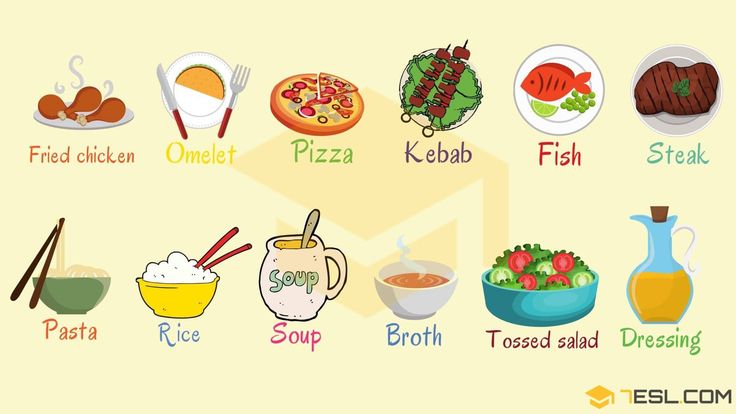 3.2.1940-05 and there will be no "prohibited" components in its composition. Also, contrary to popular misconception, in Russia it is forbidden to use GMOs in children's products.
3.2.1940-05 and there will be no "prohibited" components in its composition. Also, contrary to popular misconception, in Russia it is forbidden to use GMOs in children's products.
Notes
Baby food in jars (usually mashed potatoes) has a short shelf life after opening because it does not contain preservatives. However, before the jar is opened, the products can stand for quite a long time on the shelves of stores or in the refrigerator at home. This is possible thanks to a special production technology, sterilization and vacuum packaging. If a soft pop is heard when opening the jar, this is a good sign: the puree is not spoiled. But products in jars with swollen lids or a protruding bottom should not be used: microorganisms already multiply in such food, it is not suitable for food.
Features of the choice of dairy products
It is necessary to choose dairy products for babies, following the doctor's recommendations.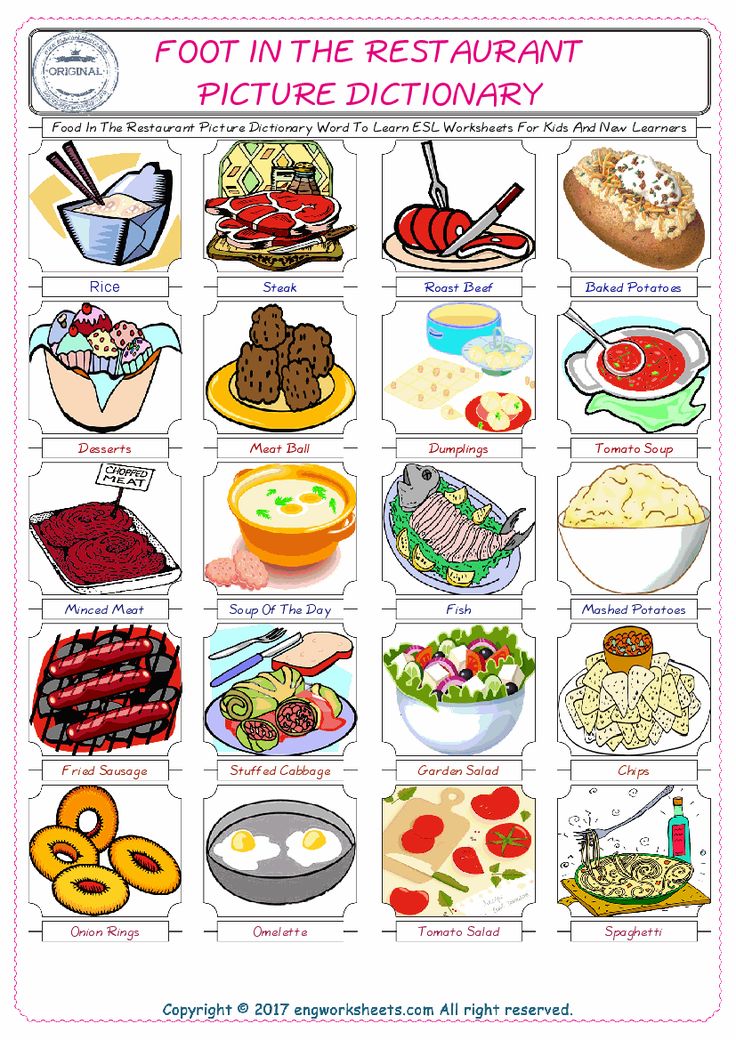 The specialist will take into account the health of the baby, especially if he is allergic to cow protein. In Russia, such an allergy occurs in 30–40% of children [6]. Such a reaction may occur due to hereditary predisposition and immaturity of the body. But most often, allergies go away when the child grows up.
The specialist will take into account the health of the baby, especially if he is allergic to cow protein. In Russia, such an allergy occurs in 30–40% of children [6]. Such a reaction may occur due to hereditary predisposition and immaturity of the body. But most often, allergies go away when the child grows up.
Goat milk baby food may be a suitable option for young children with a predisposition to allergies. Its protein is perceived by the body better than cow's: alpha-s1-casein, contained in large quantities in cow's milk, makes a product based on it difficult to digest - food stagnates in the baby's gastrointestinal tract, motor skills are disturbed, as a result, allergies often occur. In goat milk, as in breast milk, there is practically no alpha-s1-casein [7]. Therefore, goat's milk, and hence the mixture based on it, are better absorbed.
Of course, with the introduction of complementary foods, other dairy products will appear in the baby's diet. Unadapted fermented milk drinks, such as kefir, yogurt, biolact, can be introduced into the diet from eight months and in an amount not exceeding 200 ml.









